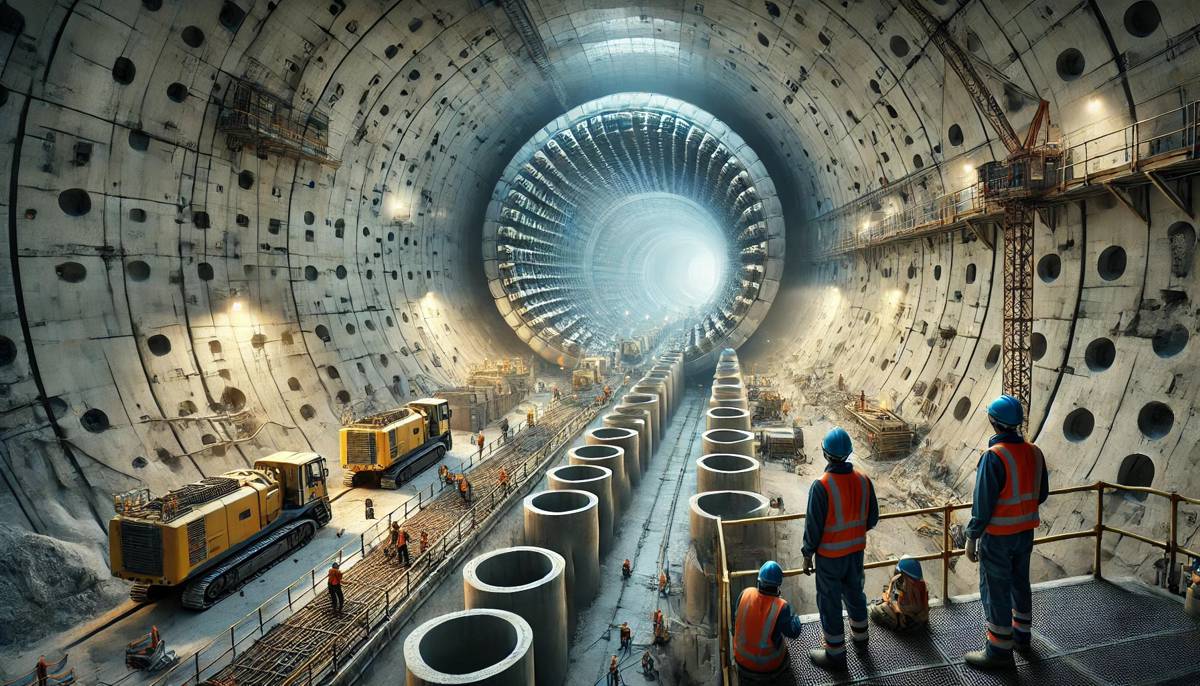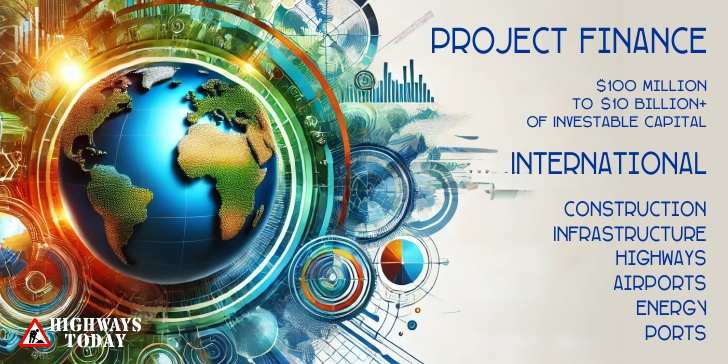Lane JV breaks ground on $16 Billion Hudson River Tunnel Project
In a major milestone for New York and New Jersey infrastructure, the joint venture of Lane Construction, Schiavone, and Dragados (Lane JV) has secured a significant contract in the multi-billion-dollar Hudson River Tunnel Project (HTP).
This venture, valued at US$466 million, represents the first tunnel boring contract awarded as part of the mammoth US$16 billion project. The team will be responsible for constructing a mile-long section of the New Jersey side of the tunnel, marking the first tangible steps towards modernising one of America’s most critical transportation corridors.
The Hudson River Tunnel Project: A Solution to a Century-Old Problem
The HTP is one of the most ambitious infrastructure projects in recent US history. Stretching under the Hudson River, this twin rail tunnel will link New Jersey’s Secaucus Junction rail station to Penn Station in Manhattan, helping to address the persistent issues plaguing the Northeast Corridor. Notably, it will offer much-needed relief to the 114-year-old North River Tunnels, which are part of the busiest rail corridor in the United States, running from Washington, DC, to Boston.
The North River Tunnels have seen better days. Opened in 1910, they were severely damaged by Hurricane Sandy in 2012, and since then, have required ongoing maintenance to keep trains running smoothly. Even so, the tunnels have become notorious bottlenecks, causing delays that ripple across the region’s rail system.
With over 450 trains passing through these tunnels daily, their critical role in keeping the Northeast Corridor moving can’t be overstated. The current setup, however, is far from sustainable. The US Department of Transportation has warned that the closure of just one of the two single-track tubes would reduce train services by a staggering 75%. That’s where the HTP comes in. By 2038, the project will replace the outdated tunnels with four new, single-track tubes, creating a more reliable and efficient route for both commuters and freight.
Lane JV’s Role: Building the Palisades Tunnel
Lane JV’s contract specifically focuses on the New Jersey section of the HTP, which has been named the Palisades Tunnel. Spanning 5,100 feet under the Palisades to the Hudson River, this section is a vital part of the larger tunnel project. The Lane JV, which holds a 35% share of the contract, will utilise two cutting-edge tunnel boring machines (TBMs) to begin digging this summer.
The use of TBMs is essential for ensuring the precision and safety of tunnel construction in an urban environment. These massive machines will carve out a path beneath the ground while simultaneously installing precast concrete rings to line the tunnels. Each of these rings will measure 25 feet 2 inches in diameter, ensuring the tunnels are large enough to accommodate modern rail transport needs. By the time the tunnel boring process wraps up in 2027, the Palisades Tunnel will feature six cross passages, each reinforced with a cast-in-situ concrete liner and waterproofing membrane to ensure the structure’s longevity.
One of the engineering feats of this project will be the construction of a new 120-foot-deep Hoboken Shaft, strategically located near the river. This shaft will play a crucial role in extracting the TBMs once they complete their journey under the Hudson.
Addressing the Urgency of Tunnel Replacement
The urgency of the Hudson River Tunnel Project cannot be overstated. The Northeast Corridor is an artery that supports both economic activity and daily commuting for millions of Americans. Any major disruption along this route has a domino effect, not only in New York and New Jersey but throughout the region. The current North River Tunnels are highly vulnerable, and their deterioration has been exacerbated by years of heavy use and the lingering effects of Hurricane Sandy’s saltwater flooding.
For commuters, the promise of new tunnels means more reliability and fewer delays, a welcome relief for those who depend on the rail system daily. With the completion of the HTP, train services will improve significantly, easing congestion and reducing travel times. The project is projected to increase rail capacity by as much as 10%, bringing substantial improvements to both passenger and freight services.
Overcoming Financial and Logistical Challenges
While the project is critical for the region’s infrastructure, it hasn’t been without its financial and logistical hurdles. With a price tag of US$16 billion, securing funding for the HTP has been a complex process, involving contributions from the federal government, as well as New York and New Jersey. Political wrangling and budget constraints have delayed progress in the past, but with contracts like the one awarded to Lane JV, momentum is now building.
Logistically, the HTP faces the challenges typical of large-scale urban infrastructure projects. Tunnel construction under densely populated areas, particularly in regions as busy as New York and New Jersey, requires careful planning to minimise disruptions to daily life. The engineering teams must coordinate with local authorities, environmental agencies, and transportation departments to ensure that construction proceeds smoothly and with minimal impact on nearby communities.
Sustainability and Long-Term Impact
The Hudson River Tunnel Project is not just about fixing an old problem; it’s also about future-proofing the rail network for decades to come. By designing the tunnels with sustainability in mind, engineers are aiming to create a resilient system that can withstand extreme weather events and heavy use. The materials used in tunnel construction, particularly the precast concrete rings and waterproofing membranes, are selected for their durability and environmental performance.
Looking ahead, the HTP will offer far-reaching benefits for both local and national economies. A reliable rail system along the Northeast Corridor is essential for maintaining the region’s competitiveness. By reducing congestion and improving travel times, the project is expected to boost productivity and provide a more efficient way for goods to be transported across states. The benefits will also extend to housing markets and job creation, as improved transport links tend to stimulate development in areas surrounding major stations.
A Positive Outlook for the Future of Transport
As construction kicks off on the Palisades Tunnel, the Hudson River Tunnel Project is entering an exciting new phase. The involvement of Lane JV in this high-stakes venture signals confidence in the project’s success. With modern engineering techniques, cutting-edge technology, and an unwavering commitment to improving the nation’s transport infrastructure, the future looks bright for the Northeast Corridor.
Once completed, the HTP will stand as a testament to what can be achieved when local and federal governments, private companies, and engineering experts come together to solve a critical issue. The result will be a rail system that not only meets current demands but anticipates the needs of future generations.





















